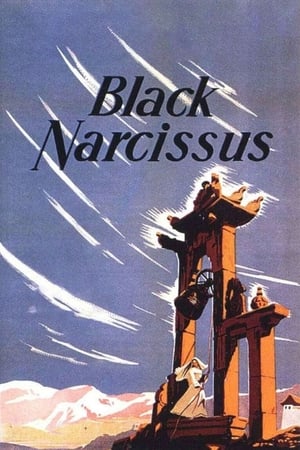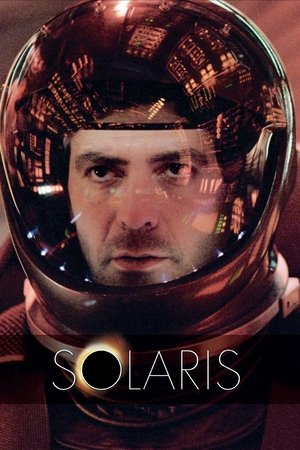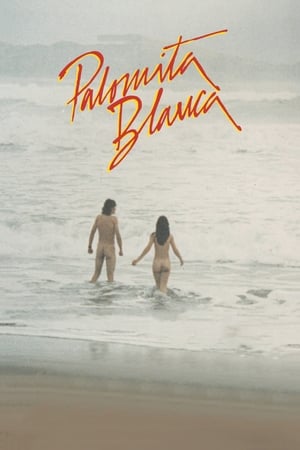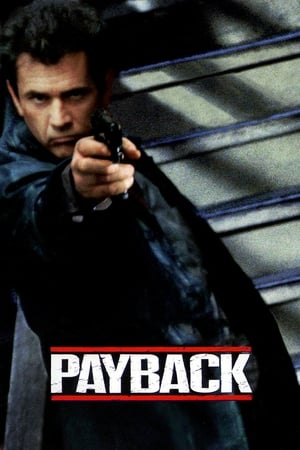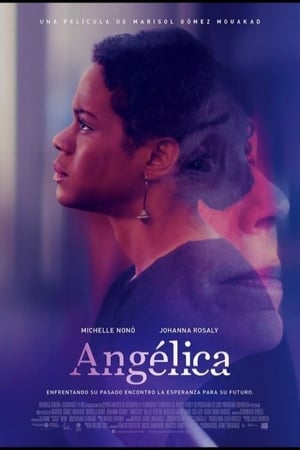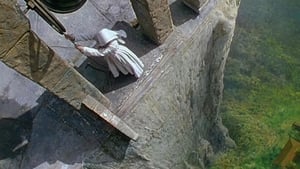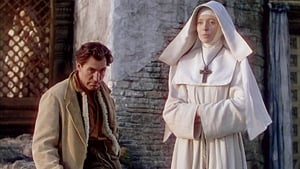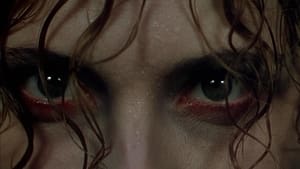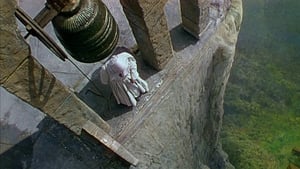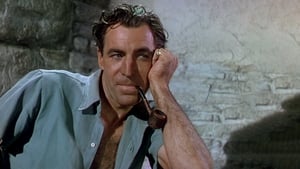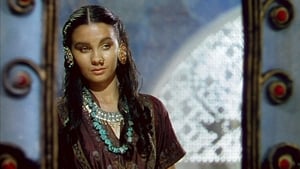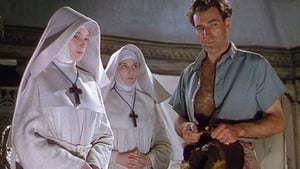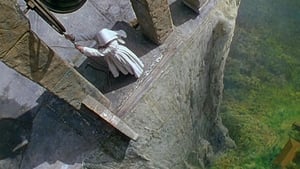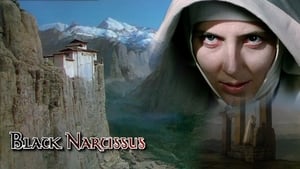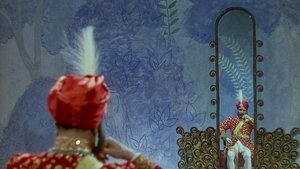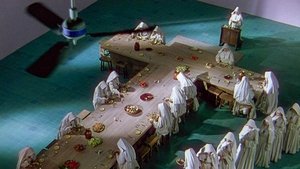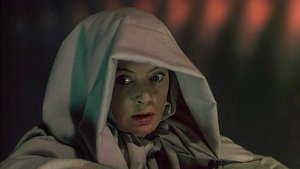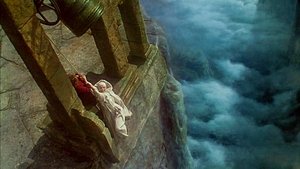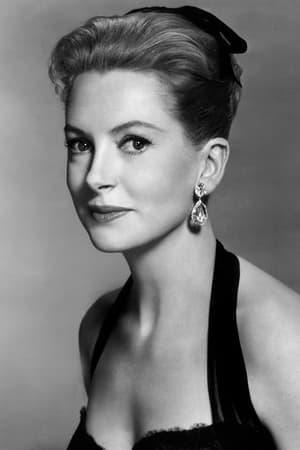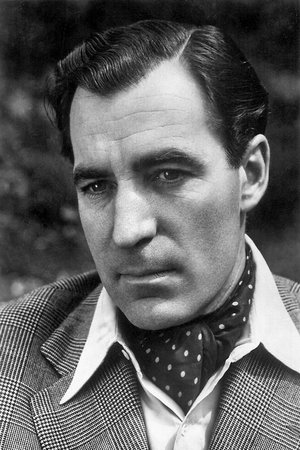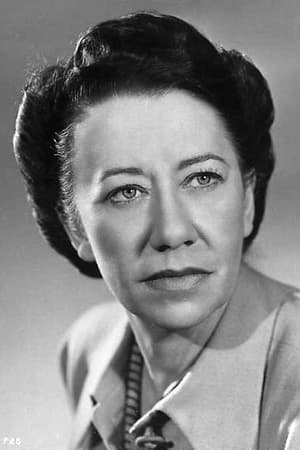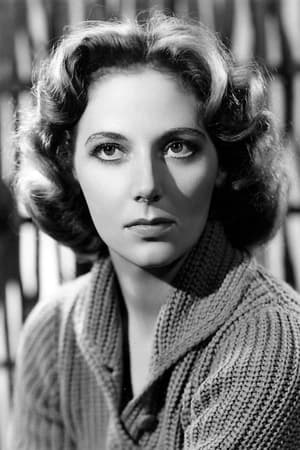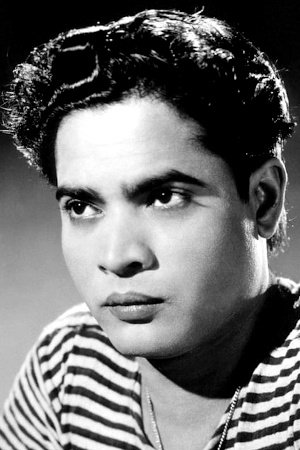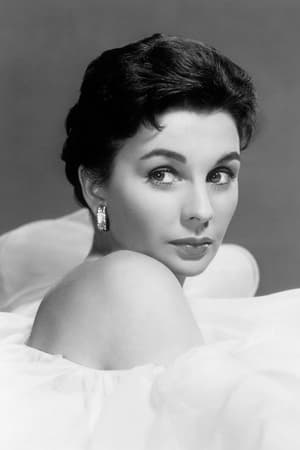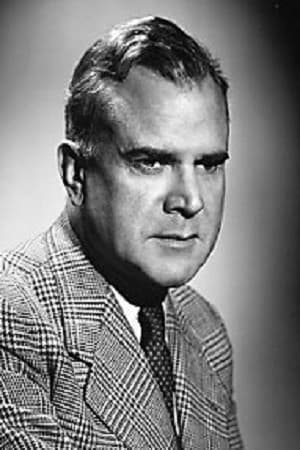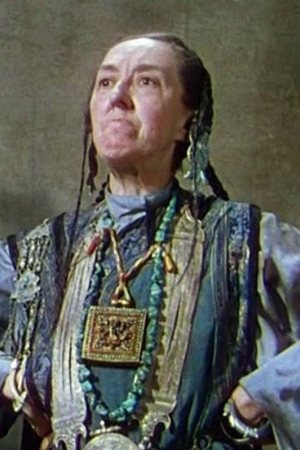-
John Chard
Do you think it's a good thing to let her feel important? Black Narcissus is directed by Micheal Powell and Emeric Pressburger, who both adapt the screenplay form Rumer Godden's novel of the same name. It stars Deborah Kerr, Sabu, Jean Simmons, David Farrar, Flora Robson and Kathleen Byron. Music is scored by Brain Easdale and cinematography by Jack Cardiff. A group of nuns travel to the Himalayas to set up a school and hospital at the disused Palace of Mopu. Once set up high in the mountains, some of the nuns find themselves seduced by the atmospheric sensuality of the place. Which spells trouble as inner demons start to seep out. I haven't got much of a review here for you, it really would be redundant due to the widespread availability of detailed works written about the film over the years. Besides which, I can only really agree with 99% of what has been said about the film before. Is there anything new that can be said? I don't think so, really I don't. Black Narcissus is an experience, a sort of ode to spiritual cinema and a bastion of visual splendour. Some call it a masterpiece, others say it's just shy of being as such, but either way a vast majority of film lovers agree it's film making of considerable skill. Negatively, however small in the grand scheme of things, it's thin on story and a couple of our lead nun protagonists here are actually too filmy and pretty; I mean I don't intend to insult the thousands of real nuns in the world, but none are surely as foxy as Kerr and Byron as presented here?! You can kind of tell it's the meeting of a visualist and a story teller trying to find a common ground, but the visualist (Powell) holds sway for this one and film lovers the world over are all the better for it. With a spitfire on form cast, matte paintings and Technicolor so beautiful that eye orgasms are guaranteed, and sensual suspense dripping from the roof, Black Narcissus is landmark British film making. Brought to us by two directors whose every plaudit is definitely justified. 9/10
-
CinemaSerf
Right from the start, Jack Cardiff's magnificent cinematography sets a perfect scene for this superbly directed story of "Sister Clodagh" (Deborah Kerr) who is despatched to a remote corner of northern India to establish a school and hospital in an old, cold and windy, palace. Accompanied by a rather curious collection of nuns - Flora Robson, Jenny Laird, Judith Furse and Kathleen Byron, they must combat the elements and their plentiful demons to make their project function - none of this is aided by the presence of the enigmatic David Farrar who seems to bring out the best and worst in both Kerr and the first-class Byron as "Sister Ruth" who treads a fine line between sanity and an almost demonic despair. The story addresses many of the issues of post-colonial India, of poverty, malnourishment, illiteracy and Christianity - amongst those who believe and those who want to - and tests the faith of each of the women in differing, potent, ways. Look out for a super performance from May Hallatt as the slightly demented caretaker they call "Auntie" who dishes out brutality and sagely wisdom is equal, haphazard, measure. The dialogue is clever - there is humour here amidst the intensity, and the film has a magnetism that generates a genuine feeling of involvement in the lives of these flawed characters. For some, the palace sounds like a Shangri La; for others it is merely a prison with a grand view...
-
Wuchak
**_Stuck between the carnal and the celestial in the southern Himalayas_** A group of well-meaning nuns try to establish a nunnery beyond Darjeeling in northeast India at a dilapidated palace-on-the-heights that used to house a harem. Deborah Kerr plays the Sister Superior while David Farrar appears as the agent to the local prince. Based on the 1939 novel, “Black Narcissus” (1947) is a psychological drama with the interesting milieu of the awe-inspiring northern India. Being shot in the UK, the scenery is a well-done illusion created in the studio via glass shots and hanging miniatures. The backdrops are enlarged B&W photos, which the art department spruced-up with breathtaking colors using pastel chalks. While Kerr’s beauty is showcased in the flashbacks, it’s Kathleen Byron who stands out on this front in the last act; she’s breathtaking. Meanwhile Jean Simmons is fetching as a native lass who catches the attentions of the “general” (Sabu); she was only 17 during shooting. On the other side of the spectrum, Farrar does well as the hairy-chested sigma male. The sets, backdrops and cast are a visual delight, yet the subtexts on the human condition in a fallen world are just as interesting. All of us have to walk the balance beam between the profane and the precious, settling where we think best at any moment. It’s no coincidence that Clodagh (Kerr) and Ruth (Bryon) are similar-looking redheads underneath their habits and they’re both in an unspoken competition with their carnal side stirred by a certain person. “Black Narcissus” wisely takes the lowkey route. We know what’s going on underneath the surface, but it’s not spelled out. Lesser flicks require a passionate sex scene to ‘wow’ the viewer whereas this one opts for the simple-but-potent clasping of hands. The movie runs 1 hour, 41 minutes, and was shot at Pinewood Studios, west of London, with some forest scenes done south of London in Lower Beeding, Horsham, West Sussex. The Ireland sequences were shot in County Galway on the Emerald Isle. GRADE: B+/A-
please Login to add review
